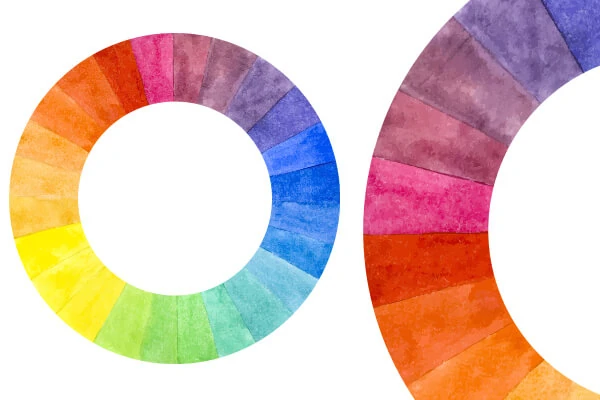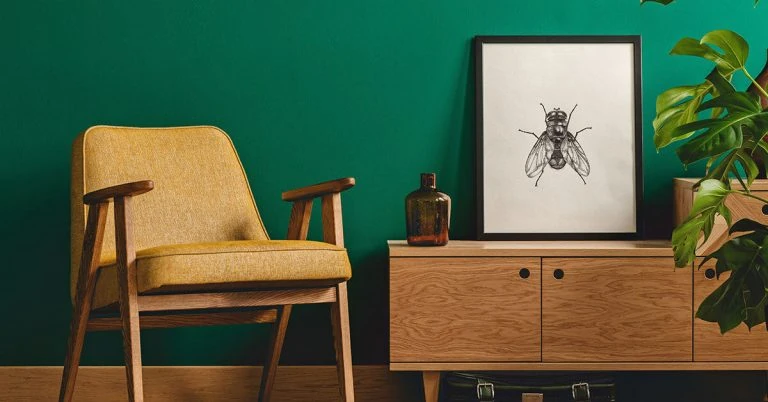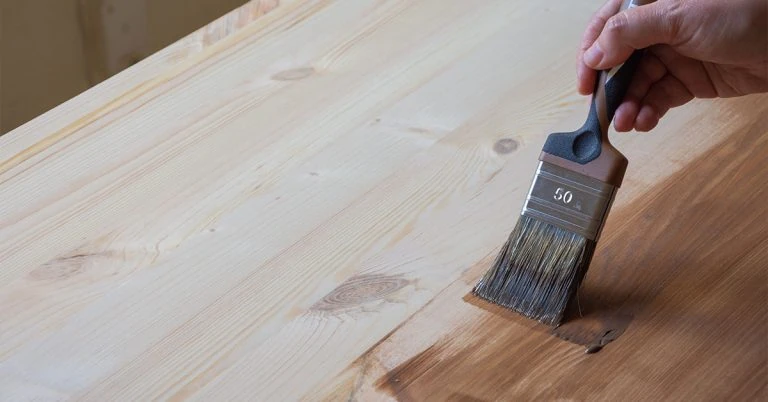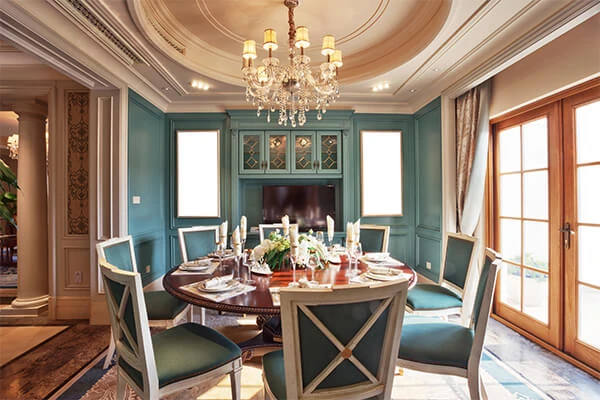Home Decorating Tips


Home Decorating Tips
Decorating Home with Color Wheel
Posted on June 9, 2015
Last updated October 3, 2025
Coming up with the perfect color palette for a new project may seem like an easy task to accomplish but with all the color possibilities, it can be quite frustrating especially if you end up picking the wrong choices. Color is one of the biggest aspects of interior decorating and can either make or break your entire re-decorating project. This is why it’s necessary to familiarize yourself with the color wheel to help you come up with a harmonious color scheme.
Here’s everything you need to know about the color wheel:
Understanding the Color Wheel
A color wheel is a visual model designed to help people in making color selections to form a harmonious palette. While there are almost innumerable versions of the color wheel, the most widely used is the wheel of twelve colors which contains the three primary colors and the ones in between.
Primary, Secondary and Tertiary Colors; what’s the Difference?
Primary colors are the core colors of the color wheel and serve as the color wheel’s base colors. The three primary colors are: blue, yellow and red.
Secondary colors are created when you mix equal portions of any two primary colors. For instance, green, purple and orange.
Tertiary colors are formed when a primary color and a nearby secondary color are mixed together. Some examples are yellow-green and blue-green.
Coming Up with Color Schemes and Combinations
As a layman, spotting color combinations may not be a common occurrence. But once you notice a group of colors used in a room that doesn’t seem to fit, the importance of putting together a color scheme enters the picture. If you want your color combinations to work, here are some basic schemes to remember:
Monochromatic color combinations are colors that are tint or shade variations of the same hue. It is light and soothing – perfect for patios and bedrooms.
Complementary color combinations are colors that are positioned across from each other on the color wheel. Complementary colors work by boosting each other without overpowering the other color. It’s a popular color scheme which is popularly used during Christmas for example with its reds and greens.
Split-Complementary color combinations are one hue plus another two equally spaced from its complementary color. This scheme helps add variation to your scheme without breaking the color balance,
Analogous color combinations are colors that are located adjacent to each other on the color wheel. This is perfect when you’re trying to achieve a calm and tranquil atmosphere.
Triad color combinations are colors that are equally positioned in the color wheel.
Our Products
Our line of high quality paints and products will give your home or project the vibrancy it needs.
Explore Colors
Ready to explore colorful possibiliies today? View our popular paint colo combination palettes for great color schemes and room design ideas for interior and exteriors.



